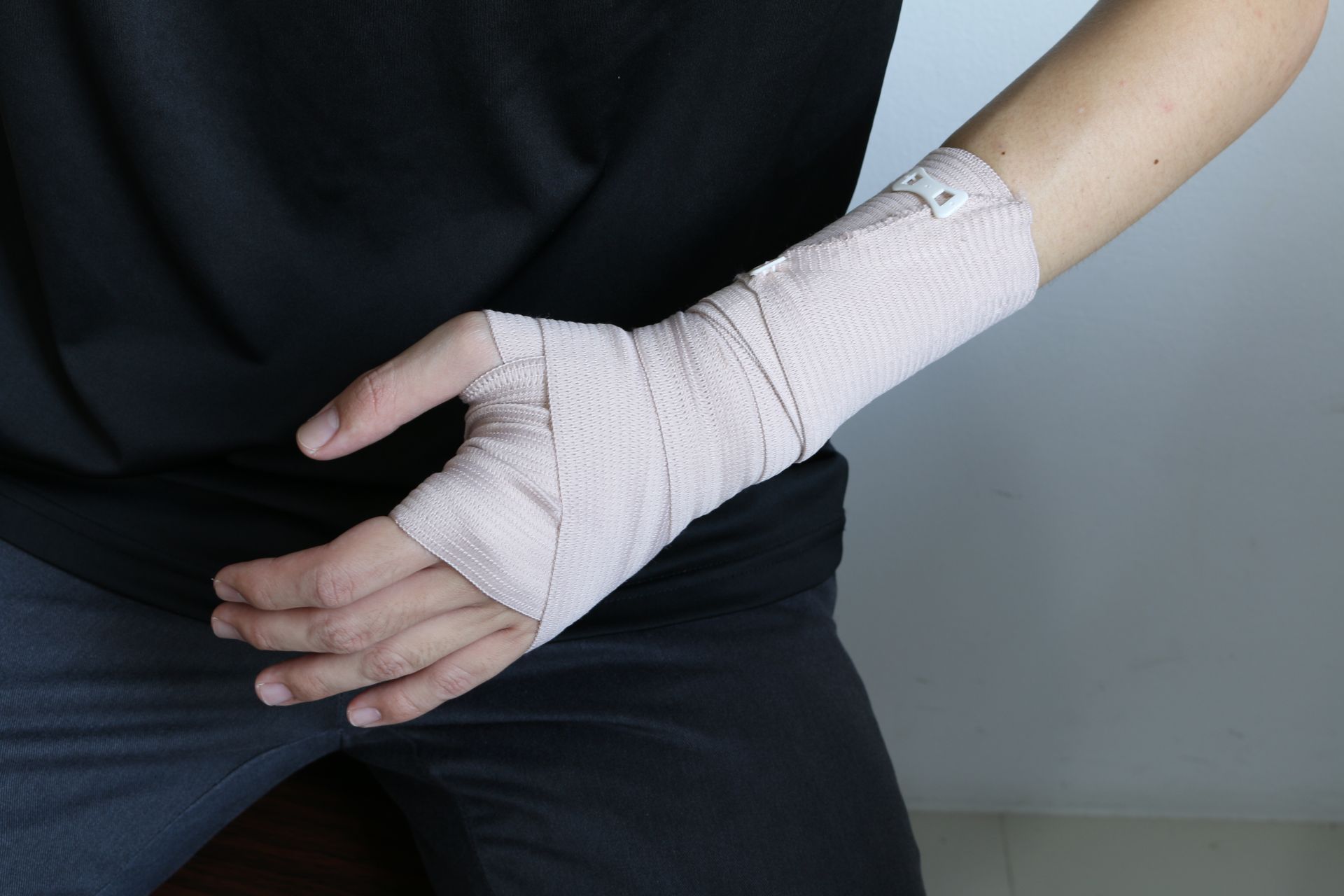Benefits Of Reconstructive Surgery
Improved Functionality
Reconstructive surgeries restore lost or impaired function, such as the ability to walk, grasp objects, or breathe without difficulty. By addressing underlying issues, these procedures enhance patients' quality of life.
Pain Relief
Many reconstructive procedures alleviate chronic or acute pain caused by injuries, deformities, or medical conditions. By addressing the root cause of the pain, these surgeries improve physical comfort.
Restored Confidence
Reconstructive surgeries can help individuals feel more comfortable and confident in their bodies. This newfound confidence can positively impact various aspects of life including social interactions, and overall self-esteem.
FAQs
Navigate your beauty journey seamlessly with answers to common queries in our FAQs section.
Still Have Questions?
Client Reviews
Let Us Help You Become The Best Version Of Yourself
Contact us today at 757-423-2166 to schedule your personalized consultation and take the first step towards realizing your aesthetic aspirations. Our dedicated team at Guy Trengove-Jones MD PC is committed to guiding you with expertise and care, ensuring your journey to beauty and confidence is tailored to your unique needs. Your transformation begins here, where precision meets artistry.








